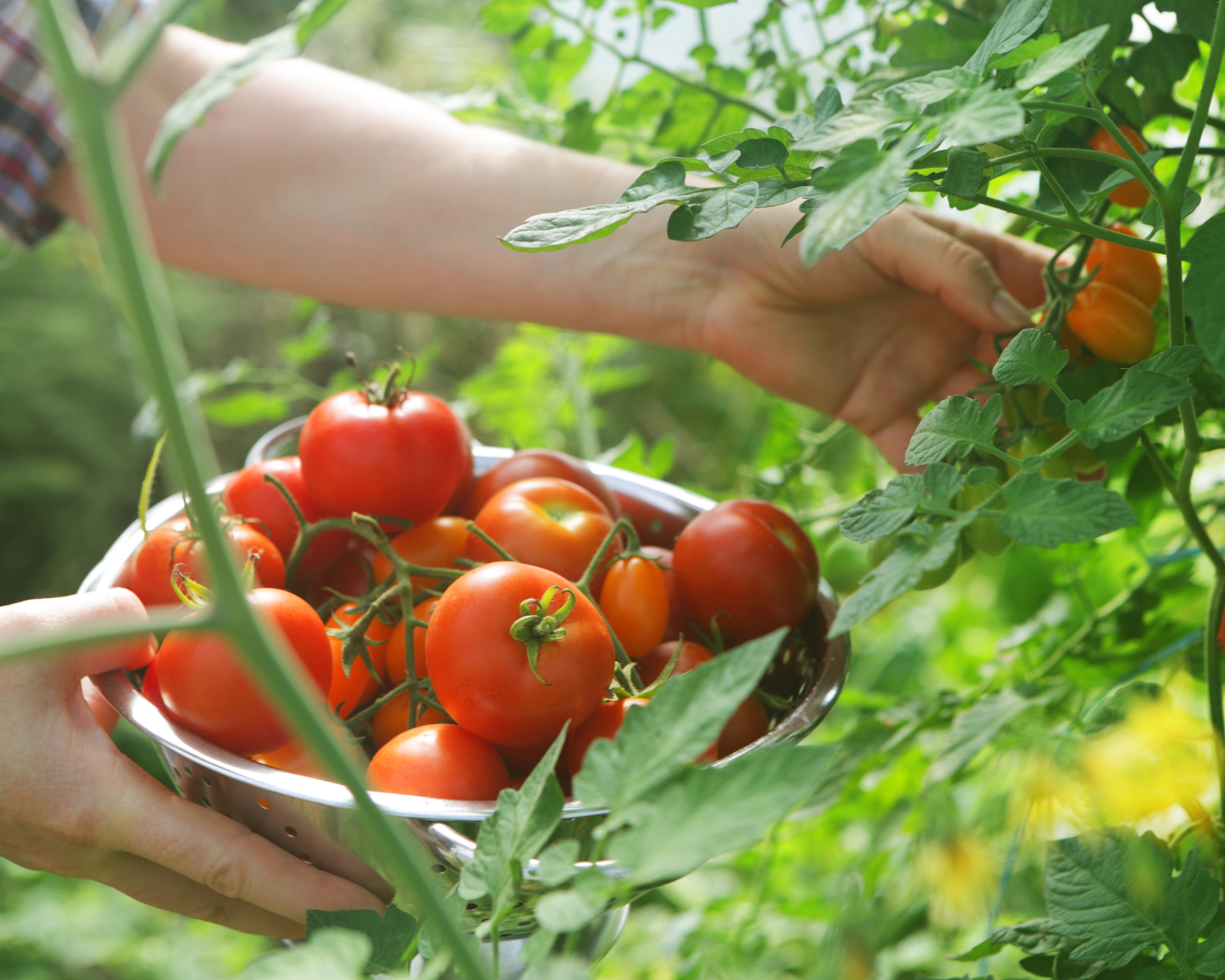Martha Stewart's tomato growing tips will transform your tomato-growing game
Learn from the best – with Martha Stewart's tomato growing tips, you can see where you can improve with this essential crop

Martha Stewart's tomato growing tips are exactly what you need if your growing efforts aren't quite producing the quality or quantity of fruit you were hoping for. While some of the success with tomatoes is purely down to the weather, Martha's know-how will help you focus on the areas that you do have control over and can improve.
Learning how to grow tomatoes is more of a subtle art than an exact science, but with Martha's tomato-growing tips, you're pretty much guaranteed to get a few more juicy tomatoes this season. If Martha can teach the gardening novice Kim Kardashian to grow tomatoes, as she does in the latest episode of Martha Gets Down And Dirty, she can teach anyone.
1. Do choose the correct soil

When teaching Kim about tomato growing, Martha jokes that the reality TV star probably hasn't stepped into a garden center in a while, but it's something you will need to do to make sure you choose the correct soil for growing your tomatoes. You need seed growing mix, not just any soil, to give your seedlings the correct balance of nutrients.
2. Use dissolvable pots instead of plastic ones
This is a perfect tip for those of you who want to know how to create an eco-friendly garden, but it's not just an environmental tip. Martha explains that the dissolvable pots, made from natural coir, actually encourage the tomato seeds to develop 'nice big root balls' and minimize the risks of transplantation shock. When your seedlings are ready to be planted in the ground in your kitchen garden ideas, you can simply plant them still in their pots.
3. Do not over plant your seedling pots
This is a temptation many a gardener has succumbed to – overstuffing seedling pots with seeds. You will get a poor germination rate as the seeds compete for a scarce supply of nutrients, and get weaker plants in the long run.
To get strong, healthy plants, Martha recommends planting no more than one or two seeds per seedling pot. Don't just stick them in, either. The correct planting method, as demonstrated by Martha, is to make a gentle indentation with your index finger, then carefully put the seed in and cover it with soil.

4. Give plenty of water and sunshine
Water and sun are crucial to success with tomatoes – after all, they are tropical plants. To germinate, tomato seeds need to stay moist – but avoid waterlogging them. To achieve this constant supply of moisture without overwatering, Martha covers her seedlings with plastic wrap, removing the wrap after germination. Once you have seedlings, find the sunniest spot on your window sill, or in the best mini greenhouse, you can find.
5. Don't underestimate the importance of proper supports

Finally, remember: tomatoes are vigorous climbers that need strong climbing plant support ideas to make sure that they can carry the weight of heavy fruit. Ideally, you'll want to build a crossbar structure, like the one Martha demonstrates in her blog. It's not just to support the plant, but also to prevent your fruit from lying on the ground and decaying: 'There is one crossbar about two feet off the ground and then another about two feet higher than the first. These supports really help to keep all these beautiful fruits off the ground and free of rot.'
These are the basics of tomato growing that allow Martha to have success with these fruit year after year. They're a great place to start – or amend your current growing practice to get better results.
Anna writes about interior design and gardening. Her work has appeared in Homes & Gardens, Livingetc, and many other publications. She is an experienced outdoor and indoor gardener and has a passion for growing roses and Japanese maples in her outside space.
